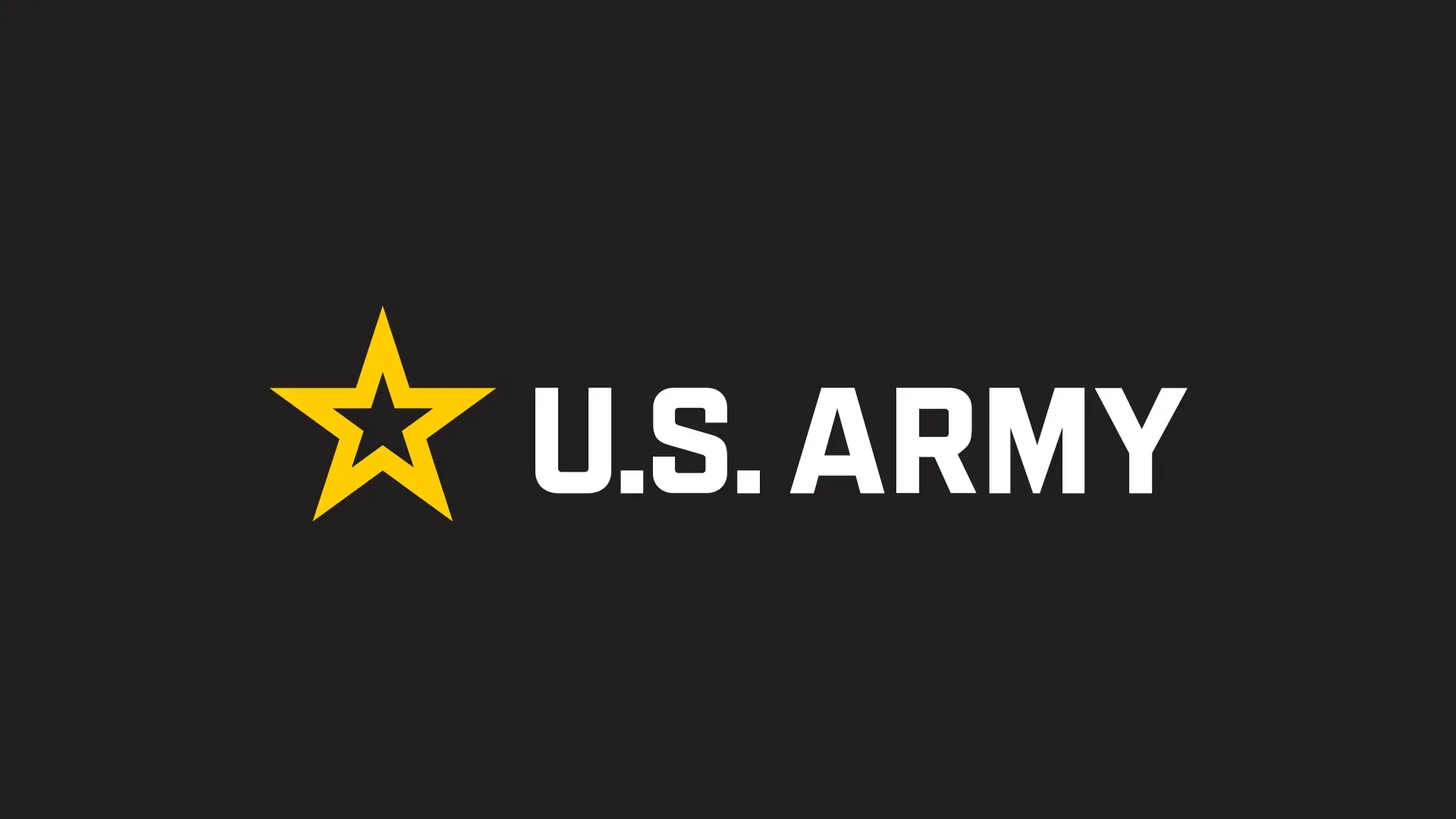By Ryan McAlinden, Director for Defense and Intelligence Initiatives
Ryan McAlinden is the Director for Defense and Intelligence Initiatives at ICT. McAlinden rejoined ICT after a 2 year detail assignment with Army Futures Command (AFC), where he was awarded the Distinguished Civilian Service Medal. From 2009 – 2013, he worked as a security analyst with NATO, where he led security assessments in Afghanistan for the International Security Assistance Force (ISAF). There he was awarded NATO’s highest award, the Meritorious Service Medal (MSM), by the NATO Secretary General. Prior to NATO he worked on a variety of projects at ICT focused on innovative and disruptive technologies for the training and operational communities. In this essay he discusses ICT’s role as a UARC and the responsibility that entails to the US Army and Department of Defense.
When the UARC was started by the Army 25 years ago, it was designed to bring together the latest engineering, scientific and creative disciplines to solve the Department’s most pressing challenges and concerns of the time, principally from the Cold War era. But two years after ICT opened its doors, September 11th changed the world around us. ICT was asked to quickly pivot its research around the challenges facing our Soldiers responding to the events of that fateful day. ICT developed and transitioned computation and creativity for a post-9/11 world in ways that have never been seen before in areas of mixed reality, graphics, immersion, natural language, and modeling & simulation.
But as we’ve seen recently, the world around us is changing once again, towards a new set of threats and world order that the United States must position itself to meet head-on. The UARC is pivoting as well, and to maintain strategic importance and relevance is doing so more quickly, more efficiently, and more effectively through the convergence of technology and creativity. This means researching, developing and fielding cutting-edge, unconventional solutions that allow us to sense and make sense about the world around us. It also means facilitating innovation between the Government and academia/industry by providing trusted advice, guidance and subject matter expertise in fields that are relevant not just to the DoD, but across the National Security landscape.
GEN Rainey, US Army Futures Command Commanding General, has stated that “the technology absolutely exists for us to make sure that we don’t trade blood for first contact.” ICT’s role is to help make that vision a reality, to enable and arm our Soldiers through technological and cognitive innovation that keep them out of harm’s way, and maintain overmatch in an environment where there are not just more tanks, missiles and planes on the battlefield, but more robots, bits and bytes. The human element has always been at the center of ICT’s mission, and despite the proliferation of autonomy, it is still the human that will drive decisions in complex environments.
As we embark on the next 25 years, we have entered a new era of how technology will assist humans. Cloud, AI, data and device/sensor ubiquity will drive where and how scientists and engineers approach their research. ICT’s goal, as we move towards 2040, 2050 and beyond, is to provide our leaders and decision-makers with the tools and abilities that afford them speed, accuracy and lethality at-scale, in close alignment with our partners and allies. The UARC will be at the forefront of investigating new and disruptive ways of using this technology to advance state of the art, and help the Nation maintain its scientific superiority on the battlefield, and across the World.
//
Ryan McAlinden is the Director for Defense and Intelligence Initiatives at ICT. McAlinden rejoined ICT after a 2 year detail assignment with Army Futures Command (AFC), where he was awarded the Distinguished Civilian Service Medal. From 2009 – 2013, he worked as a security analyst with NATO, where he led security assessments in Afghanistan for the International Security Assistance Force (ISAF). There he was awarded NATO’s highest award, the Meritorious Service Medal (MSM), by the NATO Secretary General. Prior to NATO he worked on a variety of projects at ICT focused on innovative and disruptive technologies for the training and operational communities.
